Bee-Harming Pesticides Found in Honey
Unveiling the Hidden Threat:
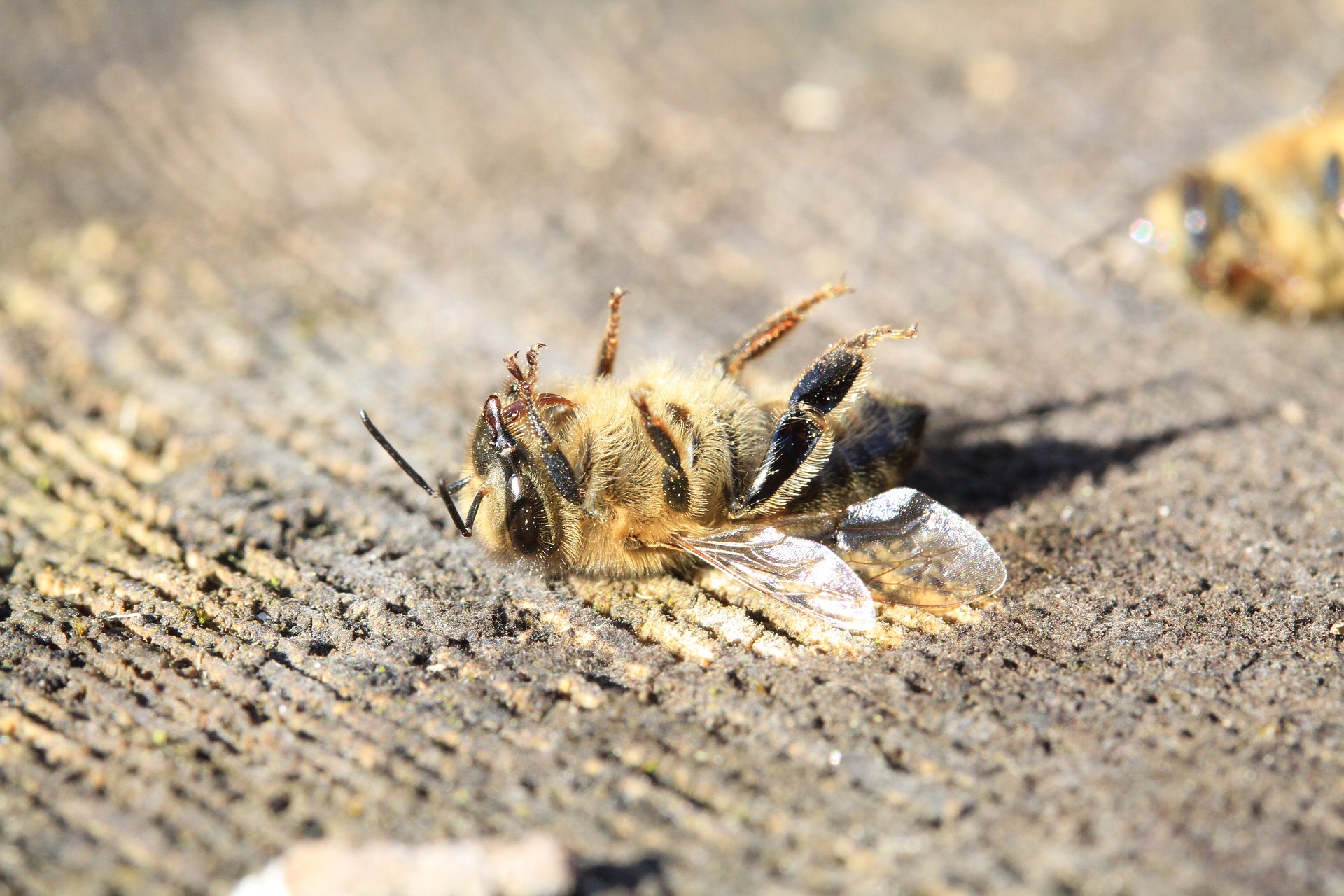
When it comes to beekeeping there is more to it than just stuffing a bunch of black and yellows into a bee box. You effectively become the leader and guardian to this intelligent community for a productive interaction.
One of your main challenges is ensuring that they are safe from chemical contamination in the artificial environment. For a long time, all you had to do is to avoid using fungicides and pesticides while the bees were in the bee boxes if you wanted to kill pathogens.
Now, even this isn’t enough as the very flowers they collect nectar and pollen from are riddled with these harmful chemicals.
Some of these bee harming pesticides found in honey have been shown to cause serious harm to the bees. Below is a bit more information about these pesticides, how they affect the colony and how best to protect your investment.
Commonly Implicated Pesticides
For the most part, pesticides are designed to target plant pests. They therefore have very little, if any at all, effect on insects including bees.
However, there are 2 that have been shown to directly affect bees. These are Neonicotinoids and Coumaphos. The pesticides have numerous negative effects on the bees as will be discussed below.
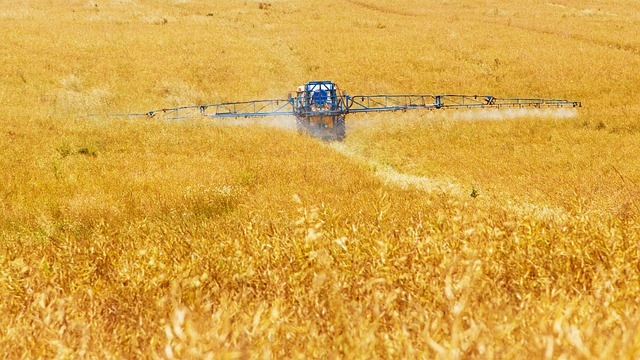
How the Chemicals Contaminate Hives
Traces of these pesticides have been found in honey and other bee products including propolis and bee pollen. But how do the chemicals get this far? It all
happens when the pesticides land on the flower when they are being sprayed onto the plants. The molecules stick onto the surface of the bee’s body as well as
onto pollen and get transported back to the hive. Here, they contaminate the hive and the food reserves.
Effects of these pesticides found in honey
They may kill the bees
This usually happens if the bee comes into contact with large amounts of the concentrated chemicals. It could happen if spraying is done as the bees are out collecting nectar.
They make them less productive
The chemicals are sometimes absorbed into the bee’s body either through the contaminated honey or through their skin. In this case, the upset chemical balance affects the bees’ functional capacity which makes them less productive within the hive.
They affect the bee’s cognitive capabilities
This is especially the case with the pesticide known as Neonicotinoids. They travel to the bee’s brain and interfere with normal function. This has been shown to cause reduced cognitive abilities including memory of flower scents and important routes.
They have been linked with colony collapsing disorder
This is a scenario where healthy worker bees and drones abandon their healthy queen and abundant reserves to start a new one. Use of bee-harming pesticides has been linked to increased incidences of this phenomenon which could cost you a lot as the bee keeper.
They contaminate bee products including honey
This is happens as bees with molecules of the chemicals on their body come into contact with the products. By extension, these could affect other consumers including humans when contaminated honey is harvested from these hives.
How to Protect Your Bees
We know how it happens and what it could do to your bees; so how do you protect them from the pesticides? Below are a few tips.
1. Avoid using chemical pesticides
If you can, completely avoid using chemicals on your farm produce even when dealing with pests. Opt for more natural methods including use of biological methods to deal with crop pests.
2. If you must, use bee-friendly pesticides
If you must use chemical pesticides, then it is best to avoid those with compounds like Neonicotinoids that are harmful to bees.
3. Spray the pesticides in the evening
You could also try spraying the pesticides in the evening. This helps as it prevents direct casualties because bees tend to forage during the day.
With liquid pesticides, this trick is also effective as the liquid is usually already absorbed by morning when the bees come out to forage again.
4. Spray the stem and roots and not the flowers
This applies when you are using a manual pesticide prayer for your plants. Leaving the flowers untouched means that the bees do not have to come into contact with the chemicals.
5. Spray when the flowers aren’t blooming
This applies for plants that bloom occasionally including squash, pumpkins and many others. In this case, spray the pesticides when the flowers are shut as no bees will be interested in foraging there until they bloom.
There is a lot out there that will be working against your bees. When it comes to pesticide use, the best solution is to simply go all organic and use natural pest control methods.
However, if this is not effective or practical for you the additional tips provided should help. All in all, just do your best to ensure. that the bees are not exposed to these harmful pesticides. Otherwise you will have wasted your time, efforts and money on a venture that will bear no fruits.
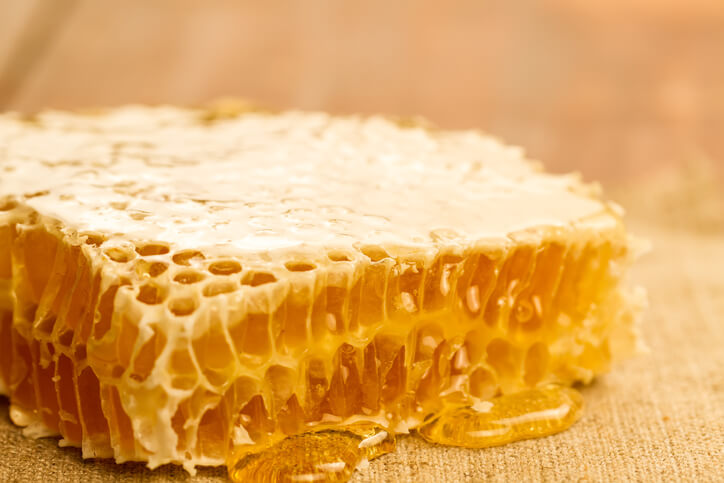
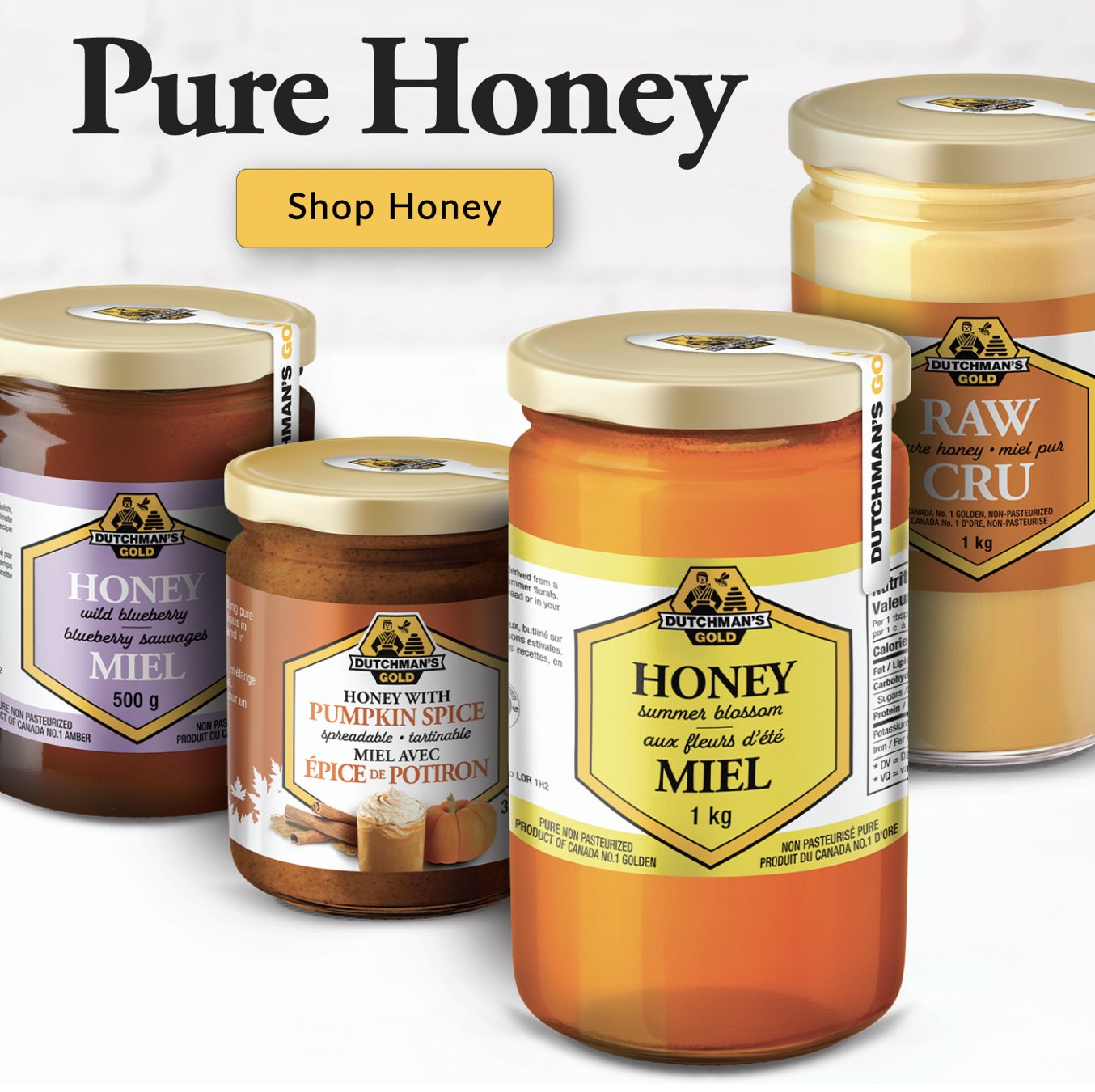
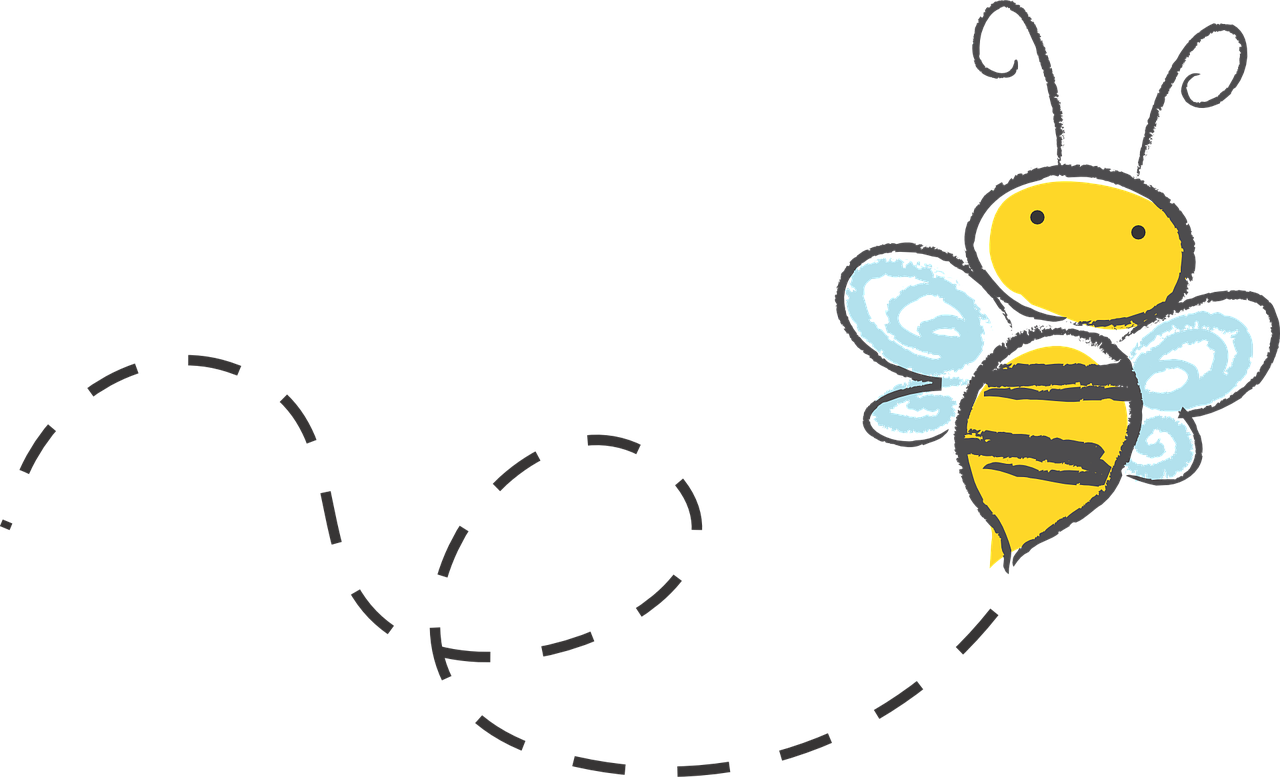
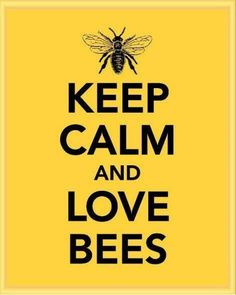
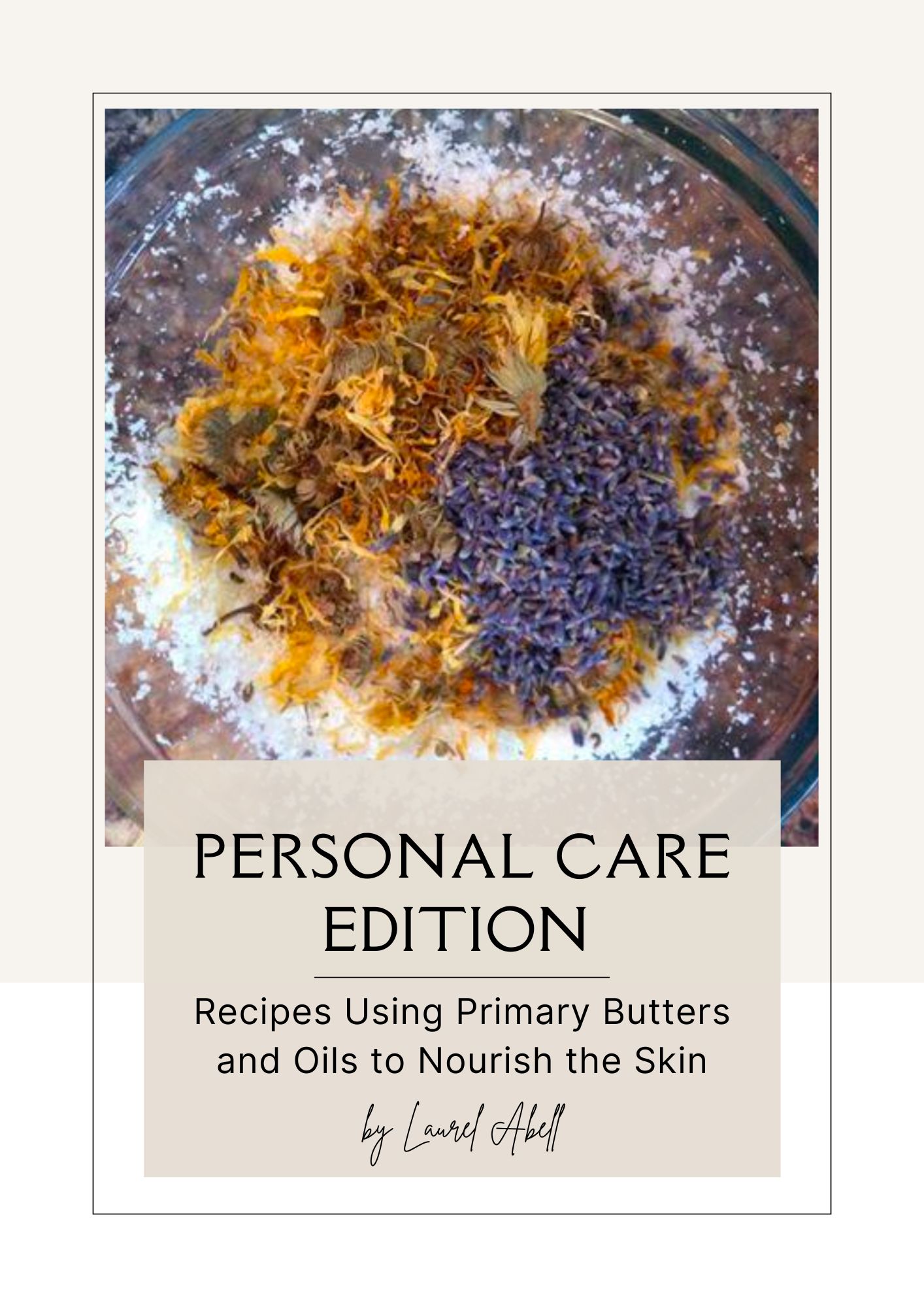
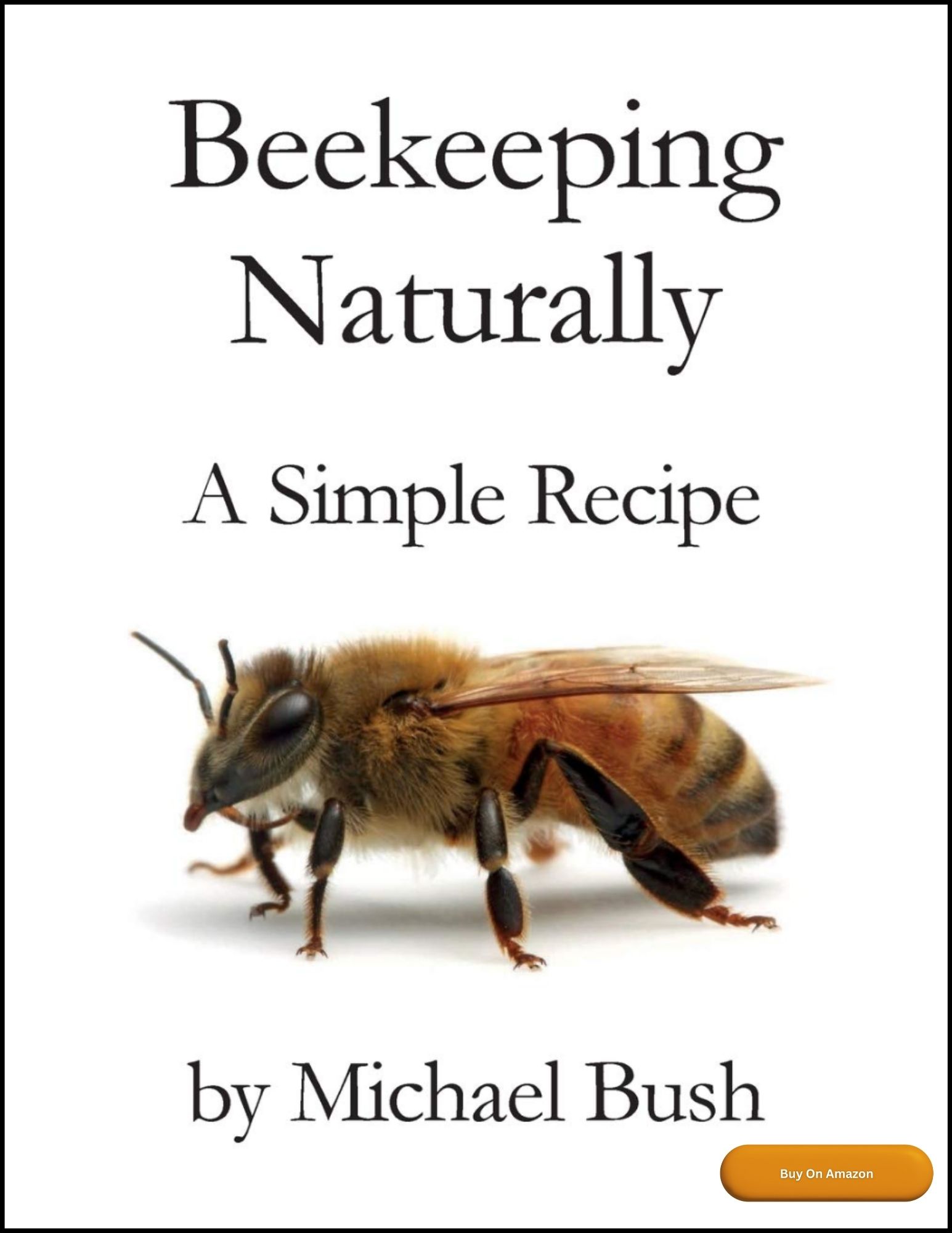
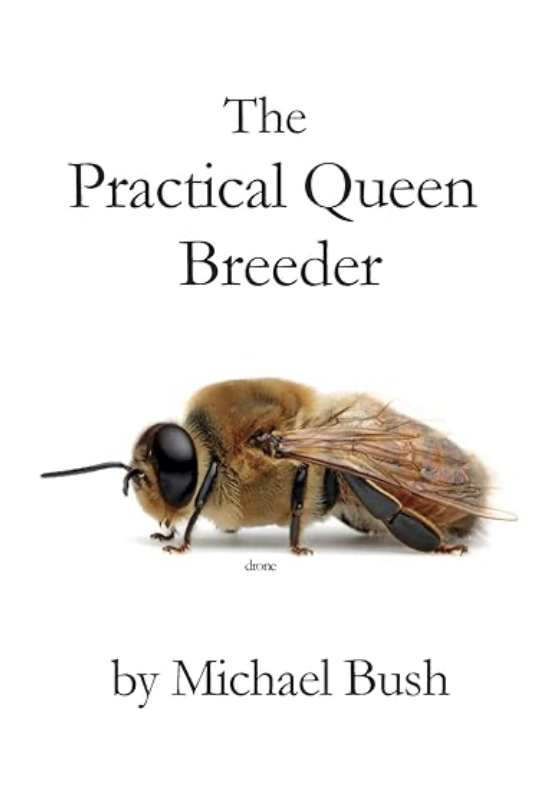
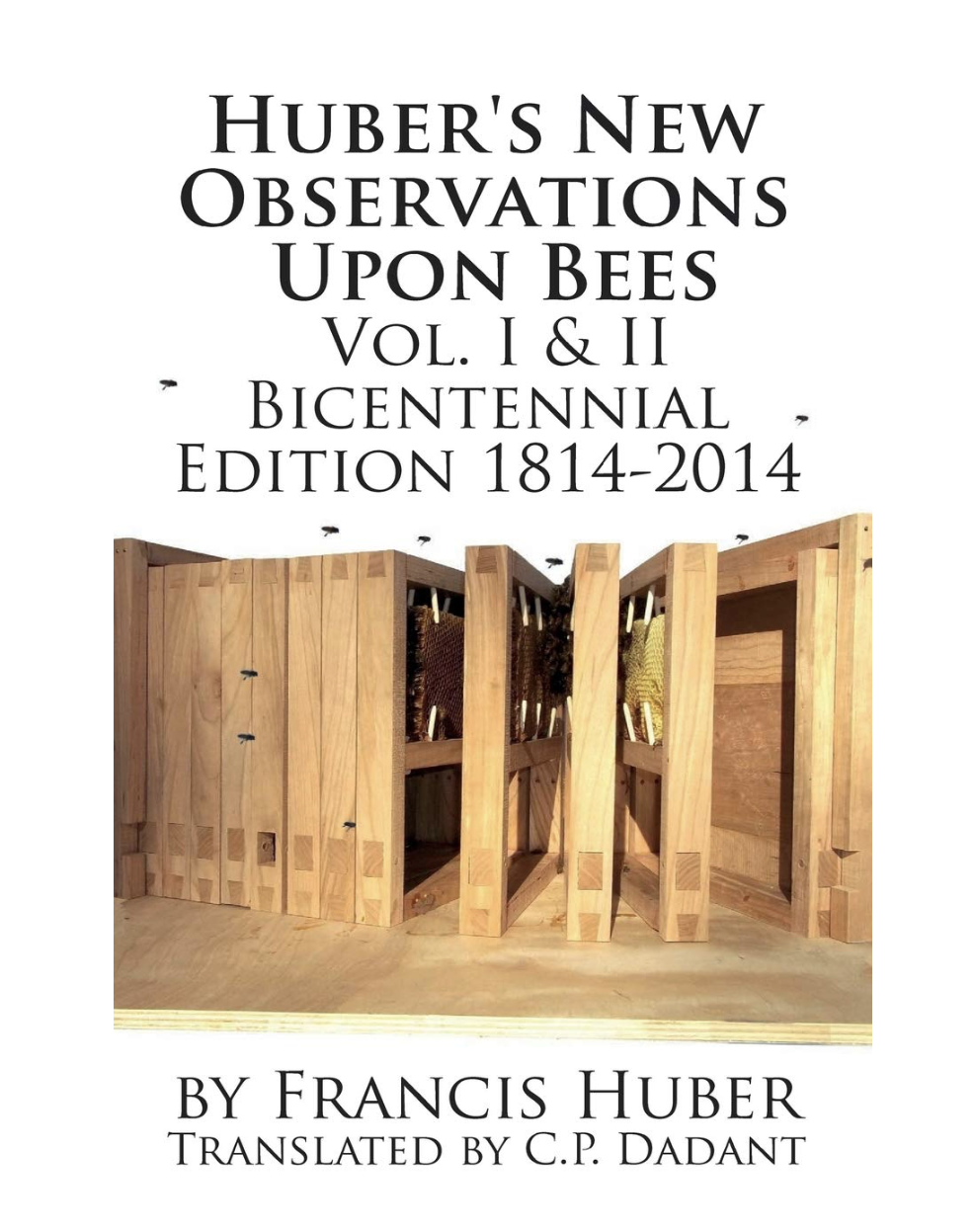
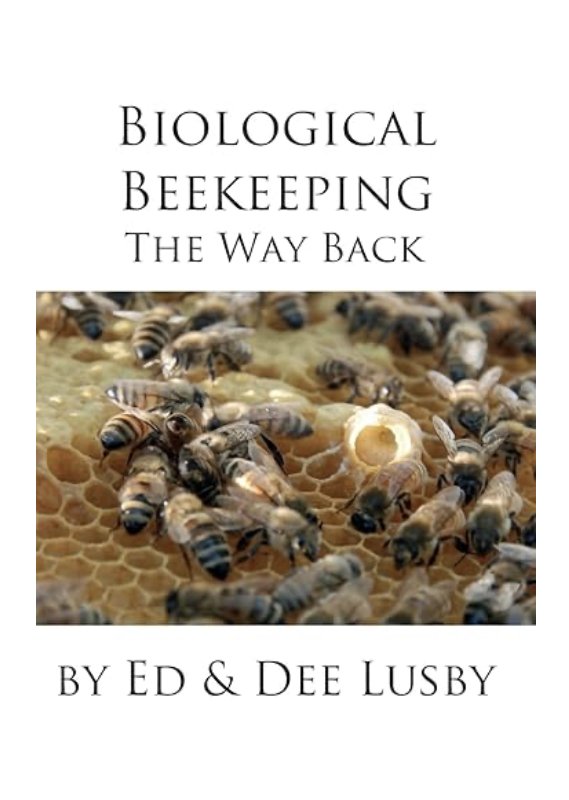
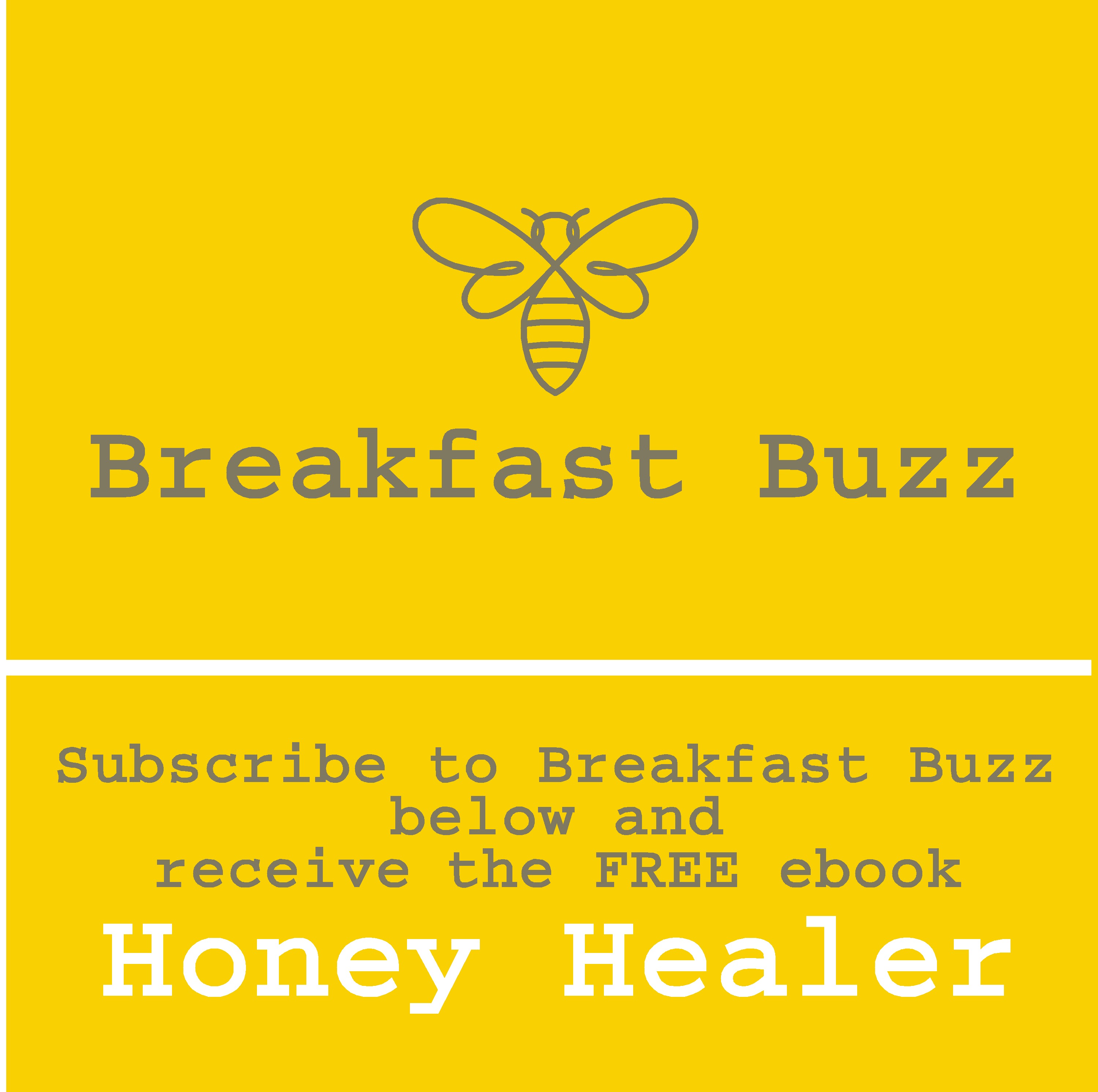
New! Comments
Have your say about what you just read! Leave me a comment in the box below.